Birding is one of the most popular hobbies in the world (almost as popular as photography), and when I was a park ranger I learned two tips from birders which help me be more efficient using my telephoto lenses. I use these tips every time I use a long lens, whether I’m photographing birds, sports or flowers.
Look then lift with your telephoto
Birders use this technique to help them find a subject with binoculars. The trouble is, it’s easy to lose the bird’s position when switching from the wide view of your eyes to the much tighter view in binoculars — which is the same trouble we have finding a subject with a long telephoto lens. The key is to look at your subject, keep your eyes on it, and lift the camera to your eye.
The flying eagles in this post were moving quickly, and changed direction suddenly. If I had put my camera to my eye and then tried to find them in the sky, I’d miss the action. The small view in the lens is just too tiny for searching for subjects. Stand up tall, see your subject, then lift the camera to your eye and you’ll find the camera is pointed straight at your subject.
.mgl-tiles { display: none; } #mgl-gallery-634ee97a840b8 { margin: -5px; width: calc(100% + 10px); } #mgl-gallery-634ee97a840b8 .mgl-box { padding: 5px; } @media screen and (max-width: 768px) { #mgl-gallery-634ee97a840b8 { margin: -5px; width: calc(100% + 10px); } #mgl-gallery-634ee97a840b8 .mgl-box { padding: 5px; } } @media screen and (max-width: 460px) { #mgl-gallery-634ee97a840b8 { margin: -5px; width: calc(100% + 10px); } #mgl-gallery-634ee97a840b8 .mgl-box { padding: 5px; } }
Nikon D7000, Nikon 300mm f/4 AF lens, f/4, 1/6400s, ISO 400.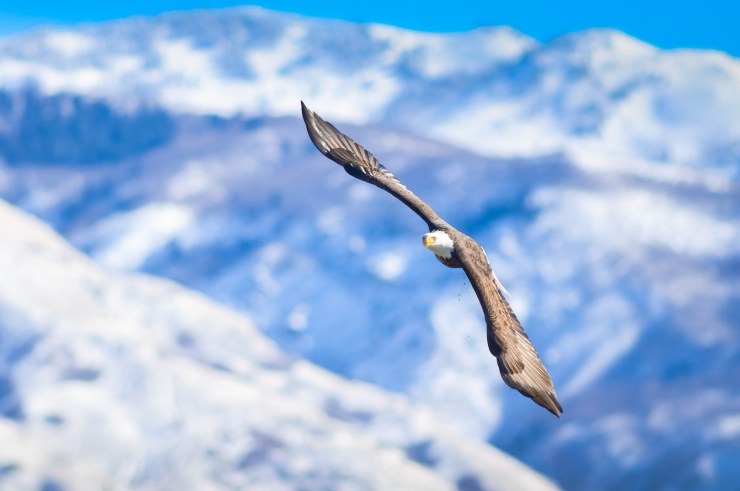
Start wide, then zoom tight with your telephoto
This is related to the above tip. It’s just so difficult to find a small subject, like a bird or a soccer player, with a telephoto lens. Even framing flowers, which aren’t too speedy, is difficult with a long lens. So before you lift your lens to your eye, zoom the lens to it’s widest setting, then zoom in after you acquire your subject. Reset your lens by zooming it to the wider setting each time you take it away from your eye.
.mgl-tiles { display: none; } #mgl-gallery-634ee97a8473d { margin: -5px; width: calc(100% + 10px); } #mgl-gallery-634ee97a8473d .mgl-box { padding: 5px; } @media screen and (max-width: 768px) { #mgl-gallery-634ee97a8473d { margin: -5px; width: calc(100% + 10px); } #mgl-gallery-634ee97a8473d .mgl-box { padding: 5px; } } @media screen and (max-width: 460px) { #mgl-gallery-634ee97a8473d { margin: -5px; width: calc(100% + 10px); } #mgl-gallery-634ee97a8473d .mgl-box { padding: 5px; } }
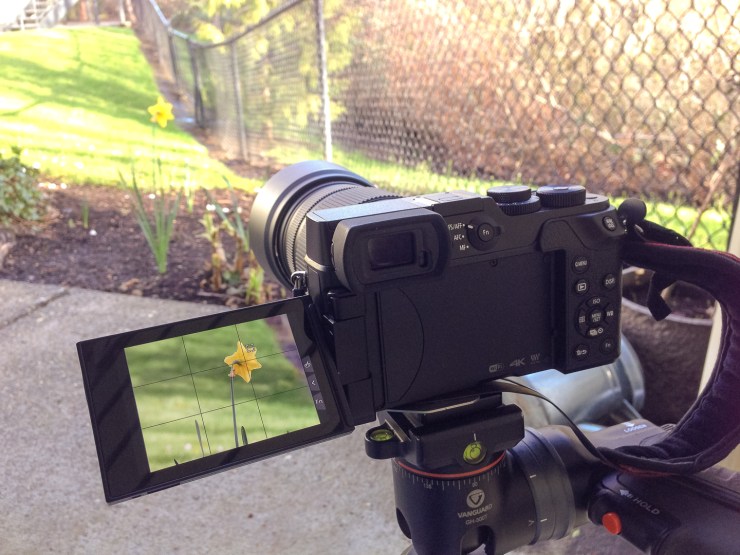
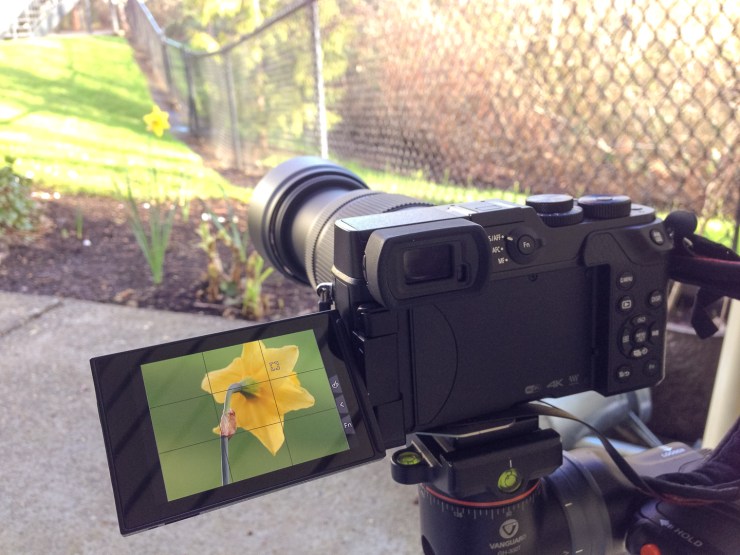
Lumix GX8, 100-300mm f/4-f/5.6 lens @300mm. On a full frame DSLR, this is the equivalent field of view to a 600mm lens, which offers a very small field of view. Start with the lens zoomed wide to find your subject, then zoom in to compose the picture.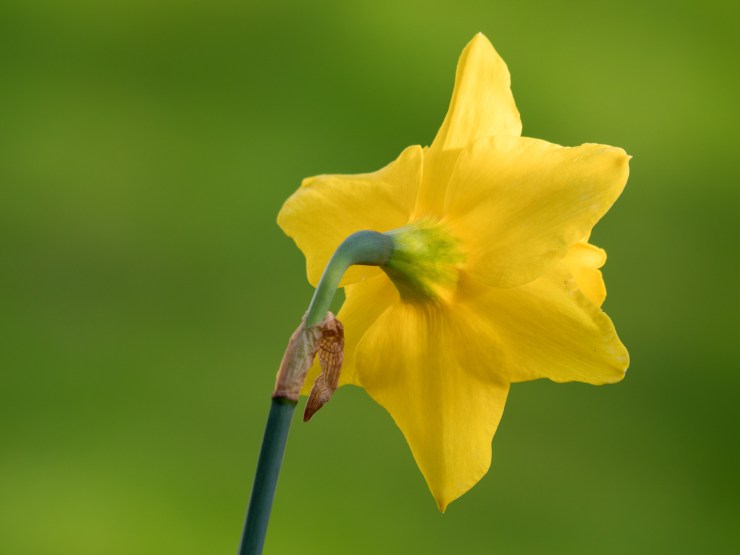
One more thing
Here’re a couple of tips for autofocus, which I’ve learned purely from making pictures. You’ll have an easier time if you prefocus your camera at about the distance you’re searching for your subject.
Focus on the tree you’ll be searching, or focus halfway down the sports field, then lower your camera and find your subject. Your camera will also focus on the subject easier when the lens is zoomed wide. After you zoom in, you’ll find that the focus is close enough to quickly acquire your subject.
For this squirrel portrait, I focused on the trunk of the tree I knew he was in, then scanned with my eyes until I spotted him, then lifted the camera to my eye, focused and tripped the shutter. (I made this with a 300mm prime lens, so I didn’t need to adjust the zoom.)
.mgl-tiles { display: none; } #mgl-gallery-634ee97a852c8 { margin: -5px; width: calc(100% + 10px); } #mgl-gallery-634ee97a852c8 .mgl-box { padding: 5px; } @media screen and (max-width: 768px) { #mgl-gallery-634ee97a852c8 { margin: -5px; width: calc(100% + 10px); } #mgl-gallery-634ee97a852c8 .mgl-box { padding: 5px; } } @media screen and (max-width: 460px) { #mgl-gallery-634ee97a852c8 { margin: -5px; width: calc(100% + 10px); } #mgl-gallery-634ee97a852c8 .mgl-box { padding: 5px; } }
Nikon D90, Nikon 300mm f/4 AF lens, f/4, 1/125s, ISO 1600.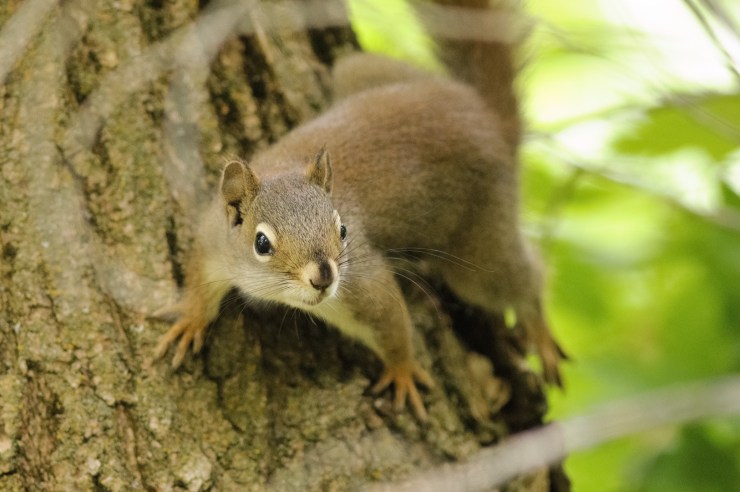
Since learning these tips, I’ve had an easier time photographing birds, wildlife, sports, and even kids at the park. If you “look then lift” and zoom wide to begin with, you’ll find it’s much easier and faster to find your subjects with a long lens, which means your subject is more likely to be there when you trigger the shutter.
Tell your story with the second annual Visual Storytelling Conference!
Experience four days of interactive, online training sessions featuring a range of educational content with experienced photographers and content creators. This free event kicks off with a series of technical boot camps to build essential skills, followed by live, online sessions on photography, video, business and social media. Join live from March 10-13, 2022!
